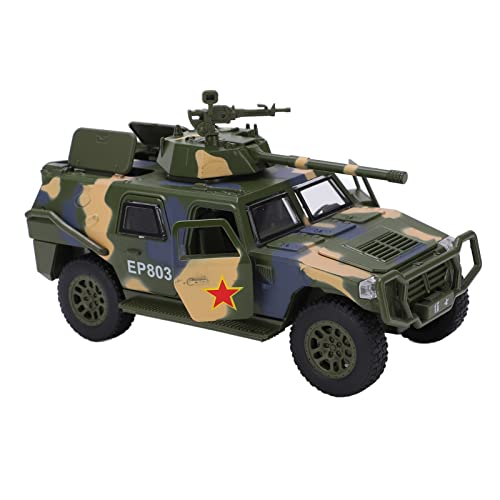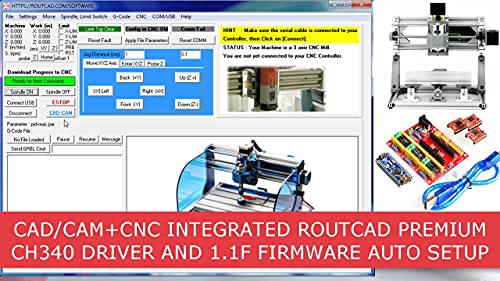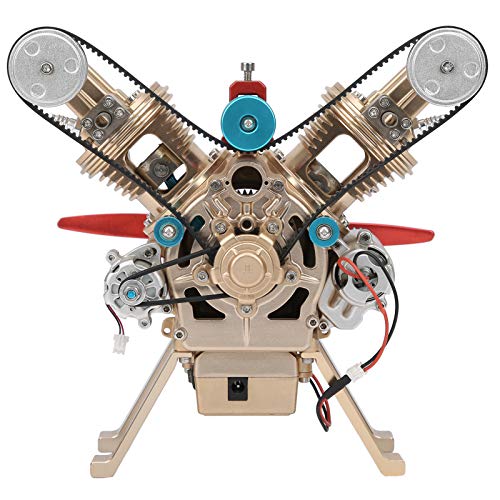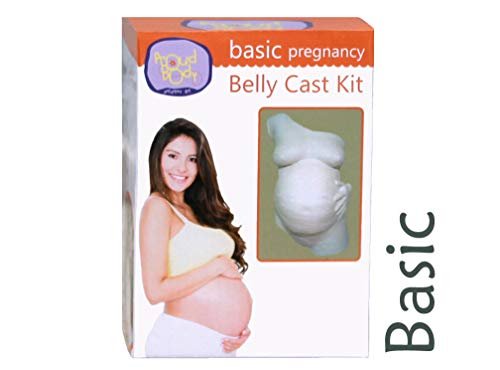Nice perseverence.
Sometimes one has to get a bit creative to make things happen.
Makes me think that a pre-machining annealing session may be a good idea for some kit gray iron castings.
Looking good so far; nice work !
P.S. - Nice lighting on the photos; I always seem to get dark shadows and such in my shop photos.
.
Sometimes one has to get a bit creative to make things happen.
Makes me think that a pre-machining annealing session may be a good idea for some kit gray iron castings.
Looking good so far; nice work !
P.S. - Nice lighting on the photos; I always seem to get dark shadows and such in my shop photos.
.












































































